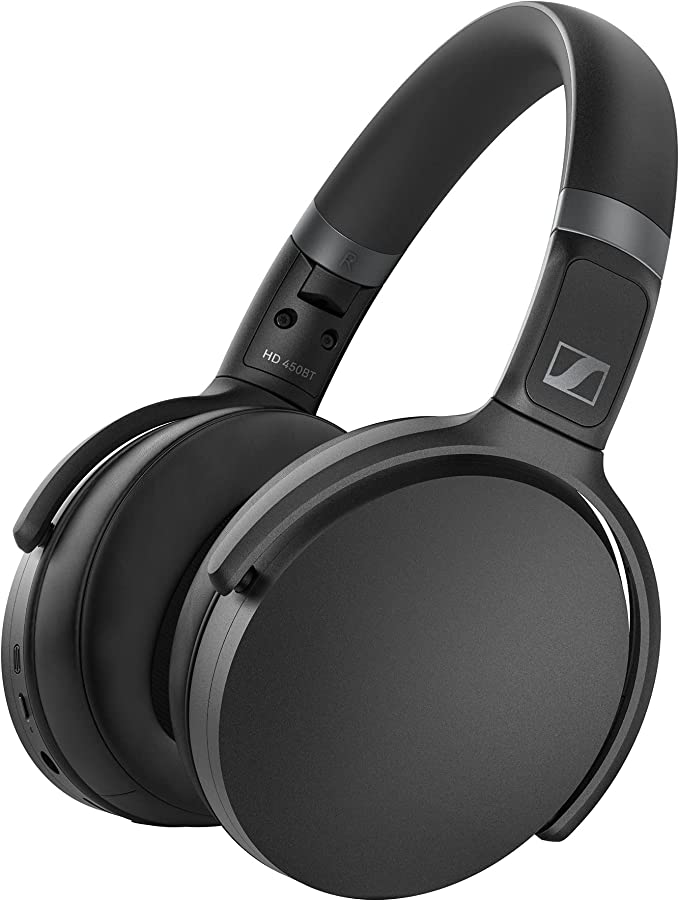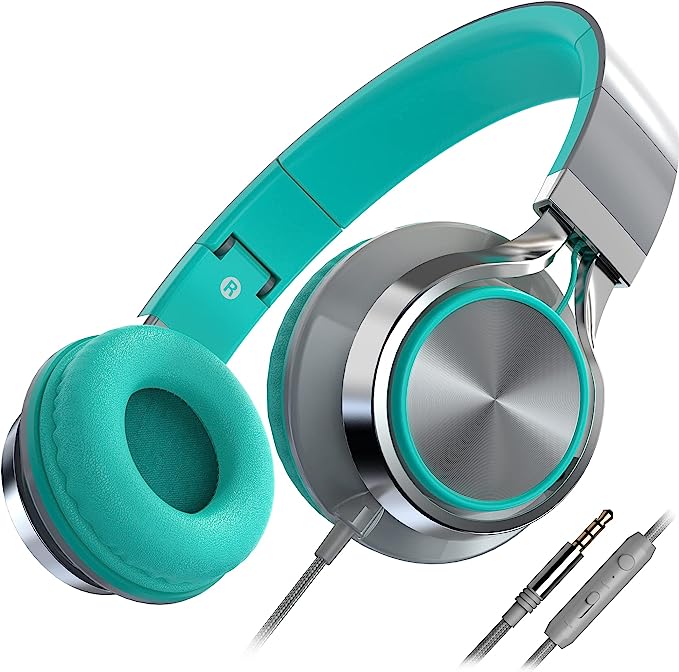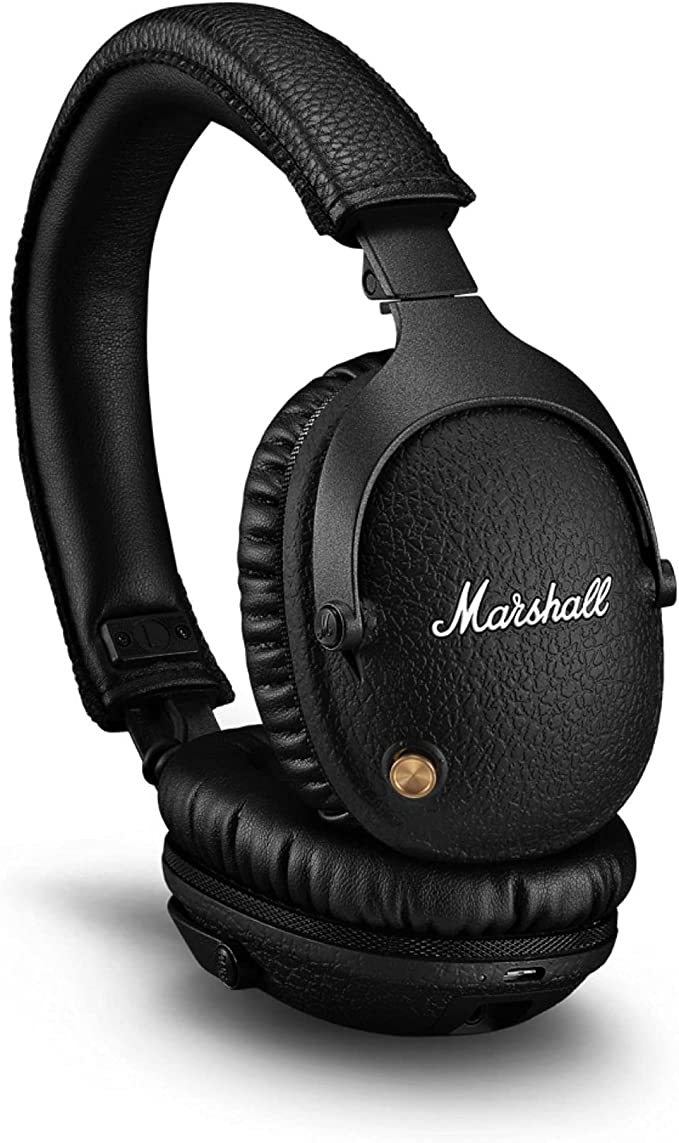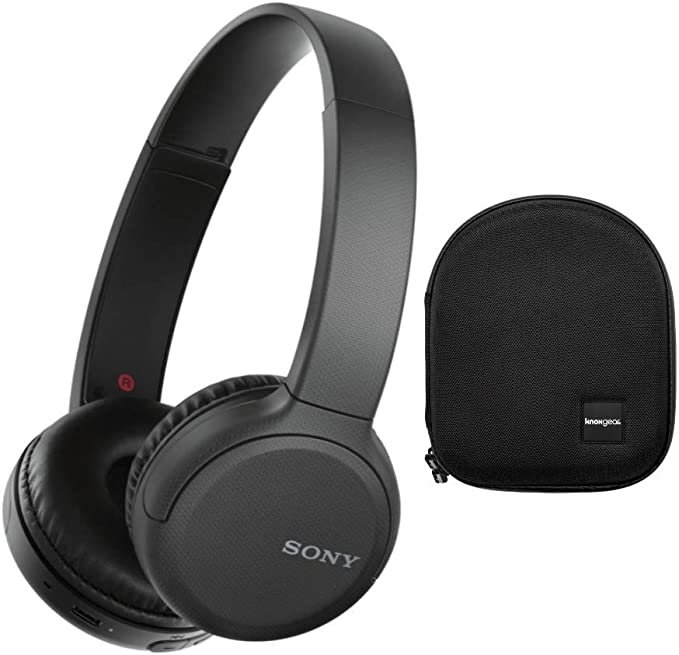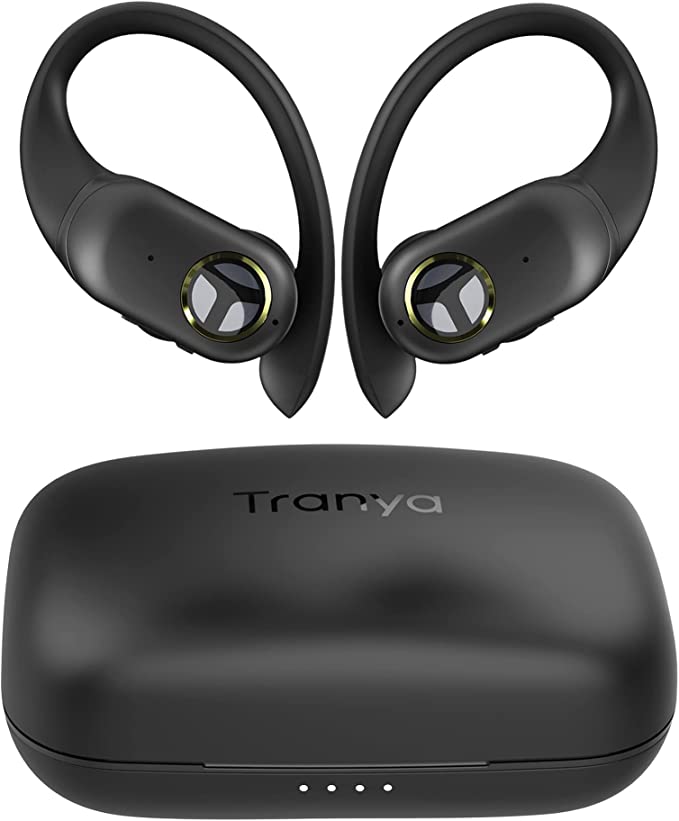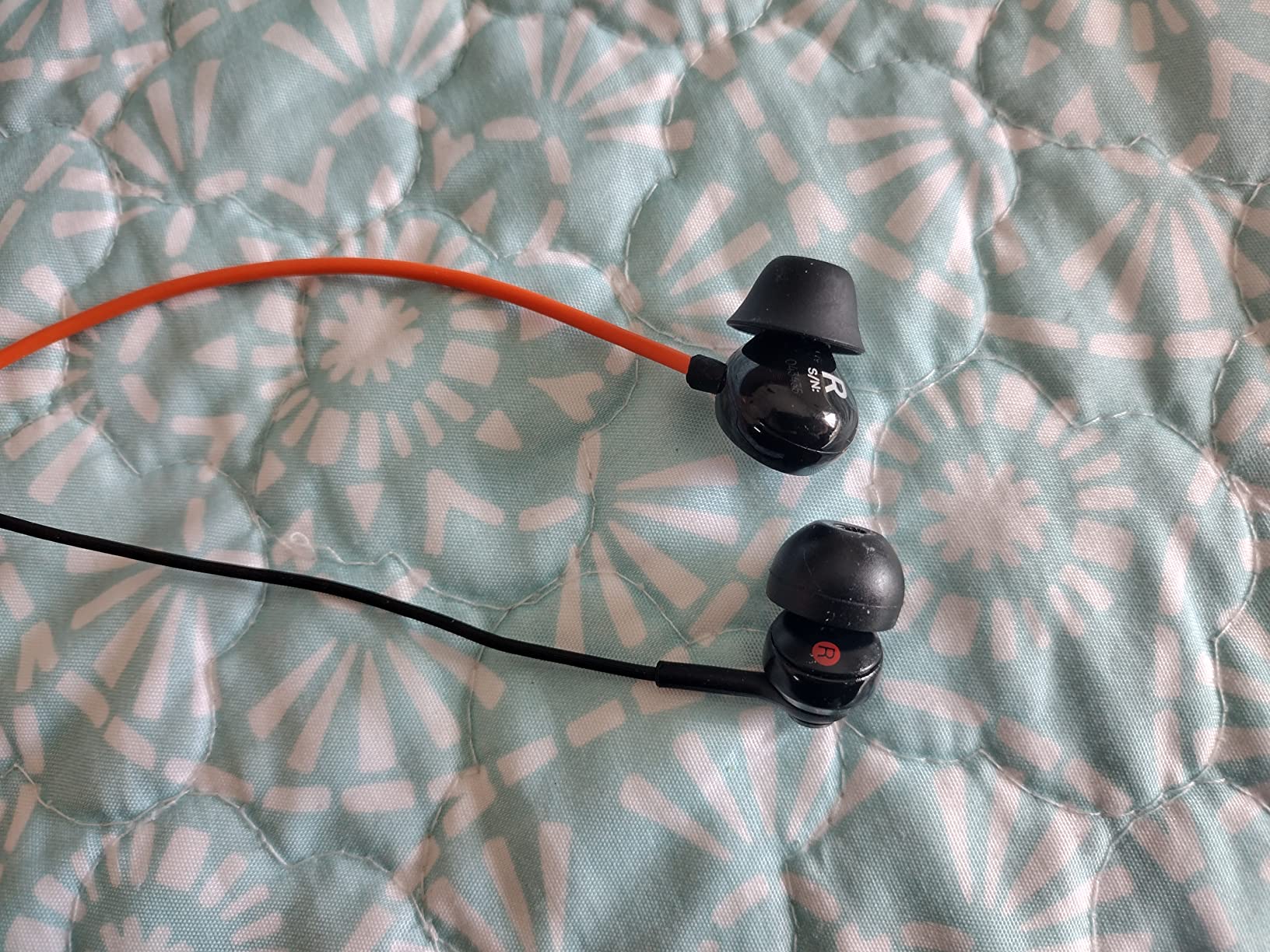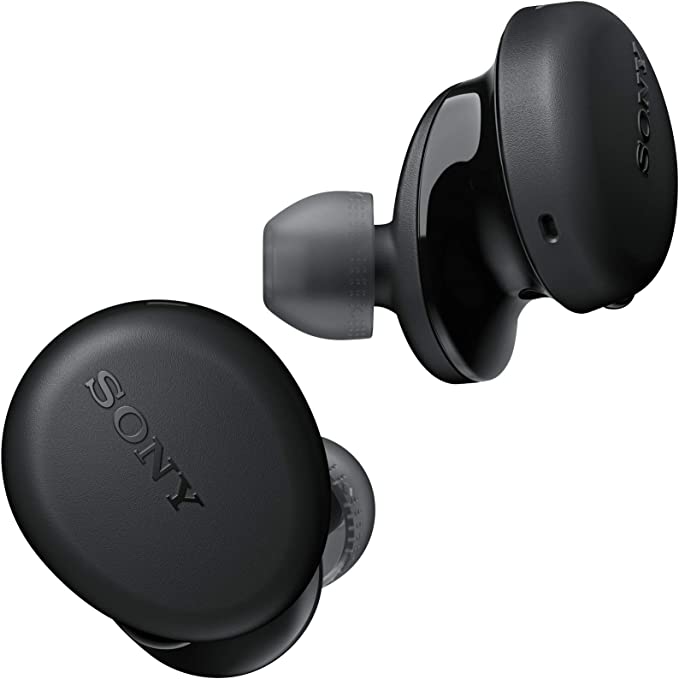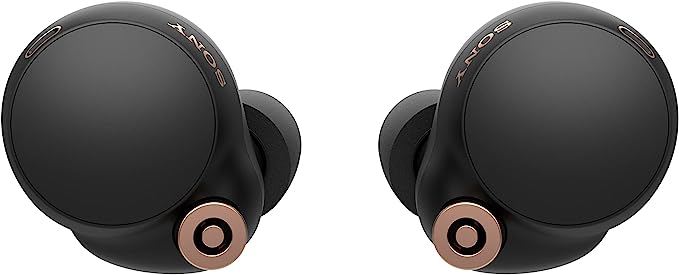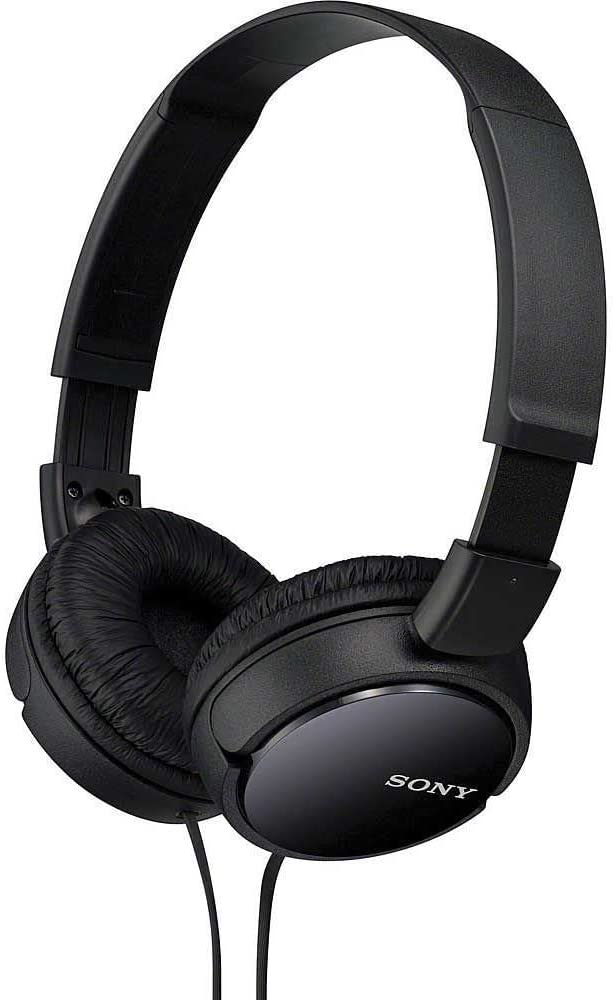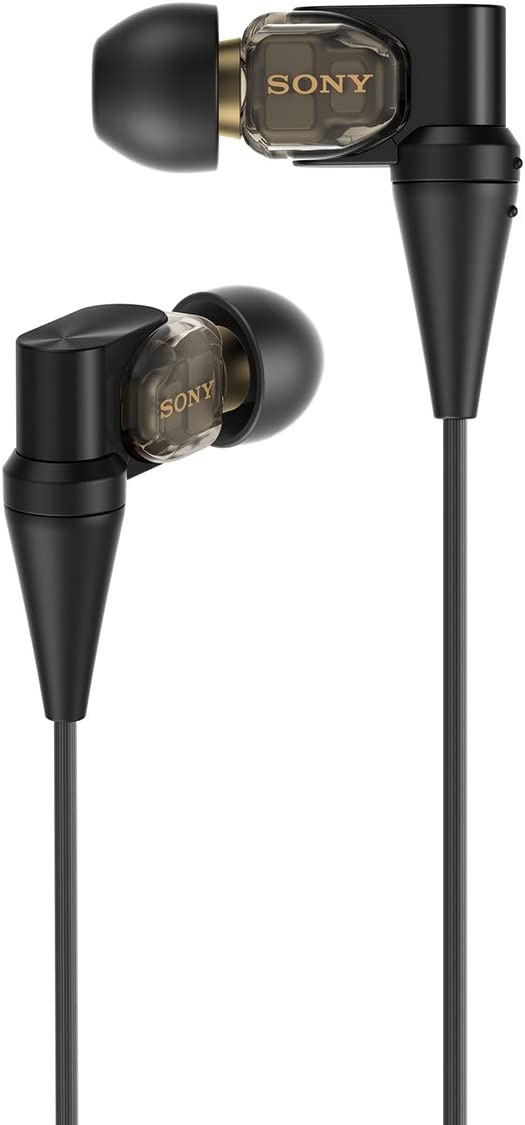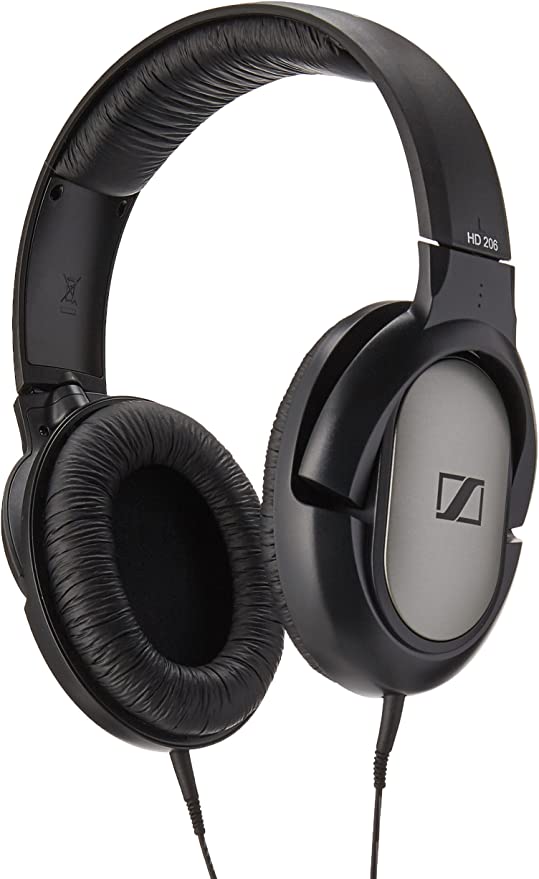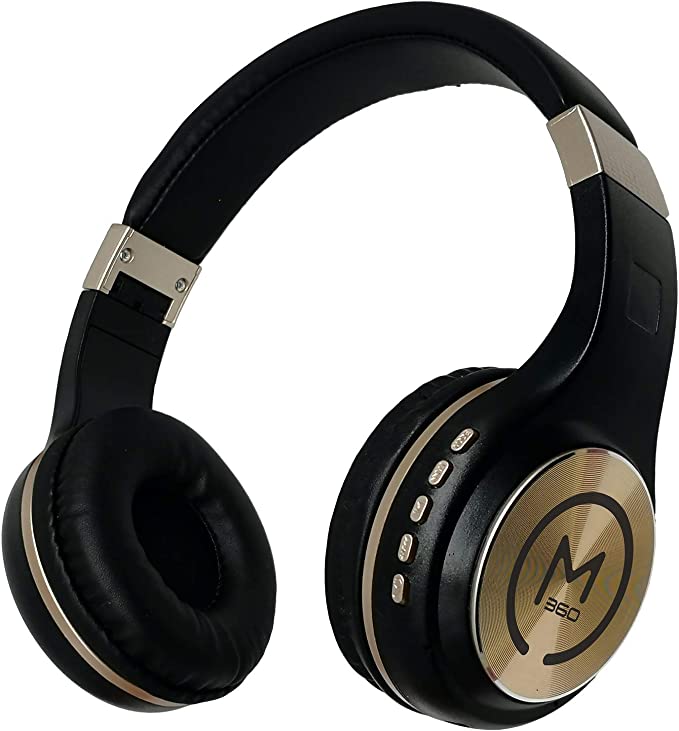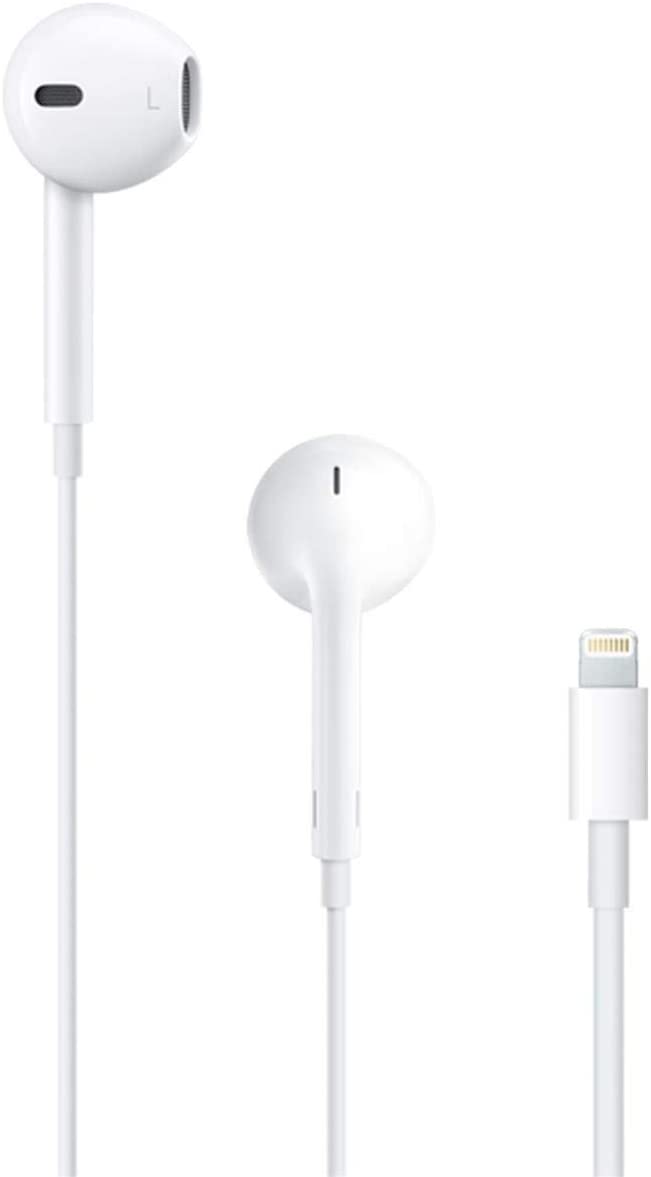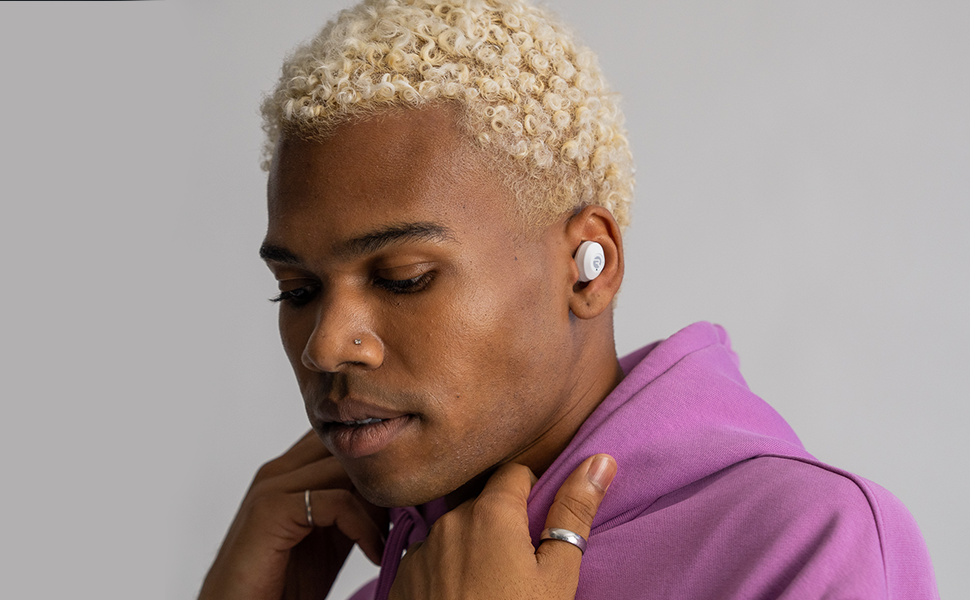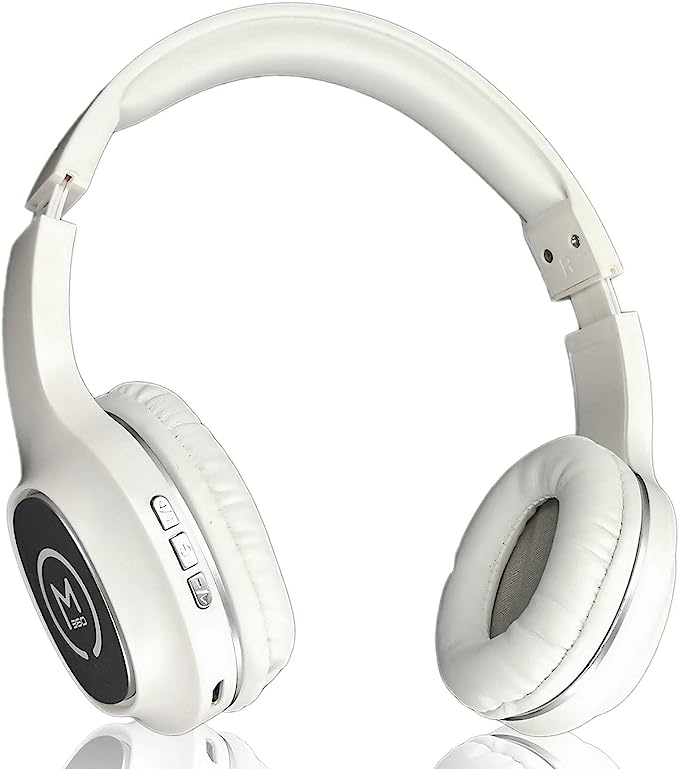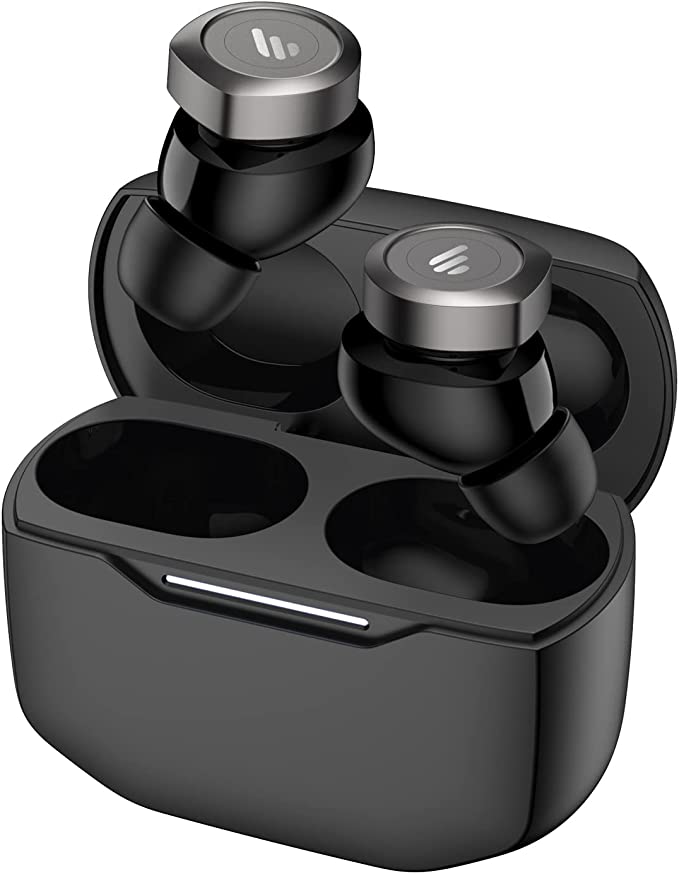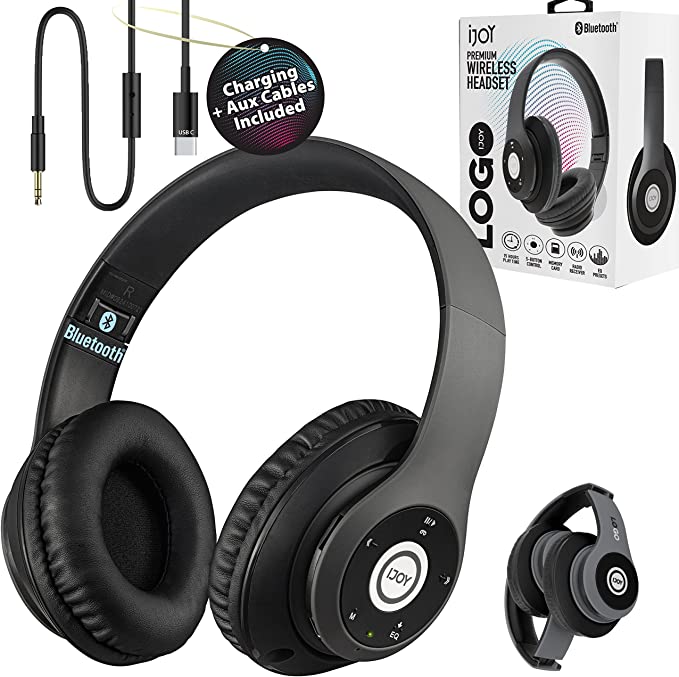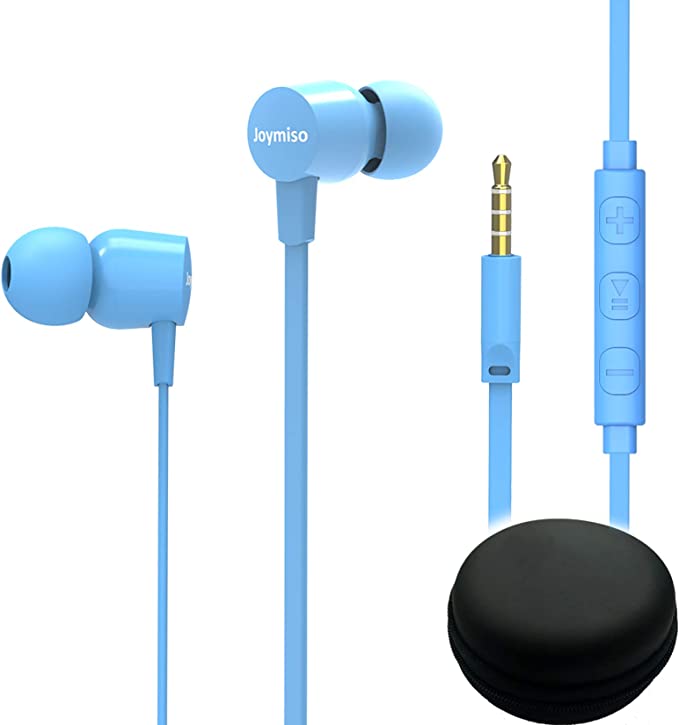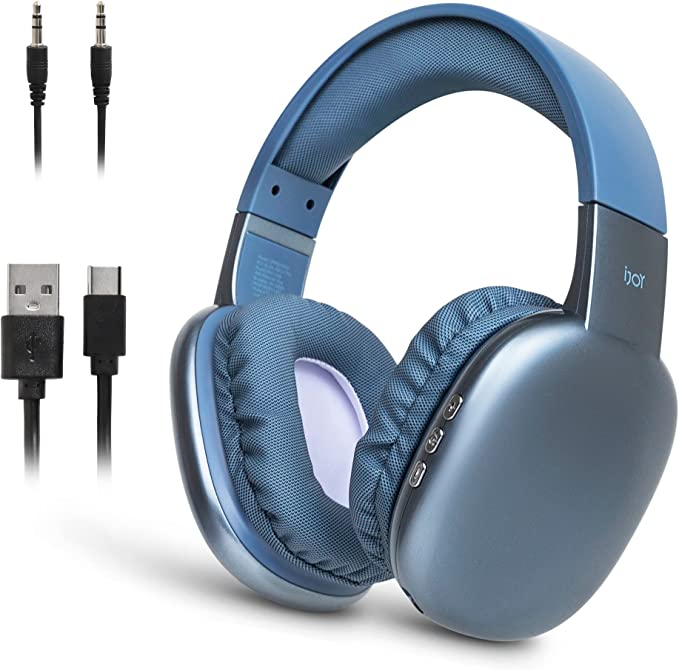Sennheiser CX 6.00 BT Wireless In-Ear Headphones: AptX Bluetooth Brings Studio Quality Sound In Your Ears
Update on July 4, 2025, 9:06 a.m.
I was recently Browse an old tech forum, a digital graveyard of forgotten gadgets and passionate arguments, when I stumbled upon a thread for the Sennheiser CX 6.00 BT, a set of wireless earbuds released back in 2018. One comment caught my eye and has stuck with me since. A user, after weeks of use, declared them: “Perfect, other than sound quality.”
Perfect, yet flawed. How can this be? How can a product from Sennheiser, a name synonymous with audio fidelity for over 75 years, elicit such a perfectly paradoxical review? This isn’t just a simple contradiction. To me, it’s a breadcrumb trail leading into the fascinating, hidden world of engineering. It’s a story not just about one pair of headphones, but about the art of compromise that lies at the heart of every piece of technology we use. Let’s unravel this mystery.

The Ghost in the Machine is Exorcised
Imagine this all-too-common scene: you’re settled in for a movie on your tablet, the villain delivers a menacing line, but their lips move a fraction of a second before the sound hits your ears. It’s a tiny disjoint, a subtle tearing of reality, but it’s enough to completely pull you out of the moment. This phantom, known as latency, has haunted Bluetooth audio since its inception.
The absolute, undeniable triumph of the CX 6.00 BT was its focused assault on this very ghost. Its weapon was a technology called Qualcomm® aptX™ Low Latency. To understand why this was such a big deal, think of audio codecs as interpreters. Standard Bluetooth (using the mandatory SBC codec) is like a clumsy interpreter who has to listen to a whole sentence, jot it down, translate it, and then speak. There’s an unavoidable delay. aptX Low Latency, however, is like a world-class simultaneous interpreter at the UN; the translation flows almost instantaneously.
By streamlining the process of compressing and decompressing the audio signal, it crushes the end-to-end delay to below 40 milliseconds—a threshold so low that it becomes imperceptible to the human brain. For anyone watching videos or playing games, this wasn’t just an improvement; it was a revolution. It was the moment wireless audio finally grew up and became a viable medium for visual media. This was the “perfect” part of the user’s review, and on this front, they were absolutely right.

A Controversial Sonic Surgery
So, if the timing was perfect, why was the sound itself a point of contention? This leads us to the most debated aspect of the CX 6.00 BT: its sound signature. Many users in that old forum thread described it as “V-shaped”—a term audiophiles use for sound with emphasized bass and treble but recessed, or quieter, mid-range frequencies. This resulted in reviews calling the sound both “crisp” and “harsh,” with bass that was both “well-balanced” and “lacking.”
This wasn’t an accident or a flaw. It was a deliberate choice, a form of sonic surgery rooted in the science of human hearing. Our ears, as described by the Fletcher-Munson curves (or the more modern ISO 226 standard), don’t hear all frequencies equally. At normal listening volumes, we are most sensitive to mid-range frequencies (where human voices primarily sit) and less sensitive to the very low and very high ends.
A “V-shaped” tuning is like a loudness button or a “pop music” EQ setting baked directly into the headphones. It boosts the bass and treble to compensate for our ears’ natural insensitivity, making the music sound more dynamic, powerful, and exciting, especially at lower volumes. The trade-off? The mid-range gets pushed into the background. This can make vocals sound thin and instruments like guitars and pianos lose some of their rich, natural texture.
So, for a listener enjoying bass-heavy electronic music on a noisy commute, the sound was vibrant. For someone trying to appreciate the nuance of a jazz trio or a vocal-forward podcast, it could sound “tinny” and hollow. Sennheiser made a calculated decision to cater to the majority’s listening habits and music genres, sacrificing purist accuracy for popular appeal. This wasn’t a mistake; it was a compromise.

The Schrödinger’s Battery
“Six-hour battery life.” It’s printed right there on the box. Yet, user after user reported getting closer to four or five hours. Was this false advertising? Not exactly. It’s another lesson in compromise, this time between laboratory ideals and messy reality.
Think of a headphone’s battery life like a car’s official fuel economy rating. That number is achieved under perfect, controlled conditions: a moderate speed, no wind, a flat road. The advertised 6 hours for the CX 6.00 BT was likely tested at a consistent, 50% volume, with a strong Bluetooth connection, using an efficient codec.
In the real world, every variable changes. Turn the volume up, and the power consumption increases exponentially. Walk further from your phone, and the Bluetooth chip has to work harder, boosting its signal and draining more power. Even the codec matters; the high-fidelity processing of aptX requires a little more electrical juice than the basic SBC. Just like your car’s fuel economy plummets in city traffic, a headphone’s battery life dwindles when you push it. The 6-hour claim wasn’t a lie, but rather a best-case scenario—a scientific benchmark, not a real-world guarantee.
A Balancing Act on a Wire
Finally, let’s look at the physical design itself. In today’s world of tiny, true-wireless buds, the CX 6.00 BT’s around-the-neck cable with two pods seems almost quaint. But back in 2018, it was a brilliantly simple solution to a physics problem. True wireless earbuds had to cram a battery, antenna, and processor into a minuscule housing, leading to notoriously short battery lives.
The CX 6.00 BT’s design offloaded the heaviest components into the two pods, allowing for a larger battery and better antenna placement. By balancing these pods on either side, it created a stable, comfortable fit that didn’t pull on the ears. The compromise, of course, was the wire itself. It could snag on collars, creating an annoying rustling sound in the earbuds (a phenomenon called microphonics), and the fit wasn’t secure enough for vigorous exercise. It was a practical, transitional design—a bridge between the old world of wired buds and the new world of true wireless.

An Artifact of Ingenious Compromise
So, what is the final verdict on the Sennheiser CX 6.00 BT? It is neither perfect nor flawed. It is an artifact of its time, and more importantly, a masterclass in the art of engineering compromise. Faced with the technological and cost constraints of 2018, its designers made a clear choice: they would solve the most glaring problem of wireless audio—latency—and they would solve it brilliantly. To achieve this, they made intelligent trade-offs in sound tuning, battery promises, and physical form.
Understanding this allows us to see beyond a simple star rating. It empowers us to ask smarter questions about the technology we buy. Instead of just asking “Is it good?”, we can ask, “What problems was it designed to solve, and what were the necessary sacrifices?” Today, with technologies like Bluetooth 5.2 and the efficient LC3 codec, the rules of the game have changed, and engineers face a different set of compromises. But the principle remains the same. Every piece of technology in your pocket is a delicate balance of ambition and reality, a monument to a thousand tiny, ingenious compromises.
